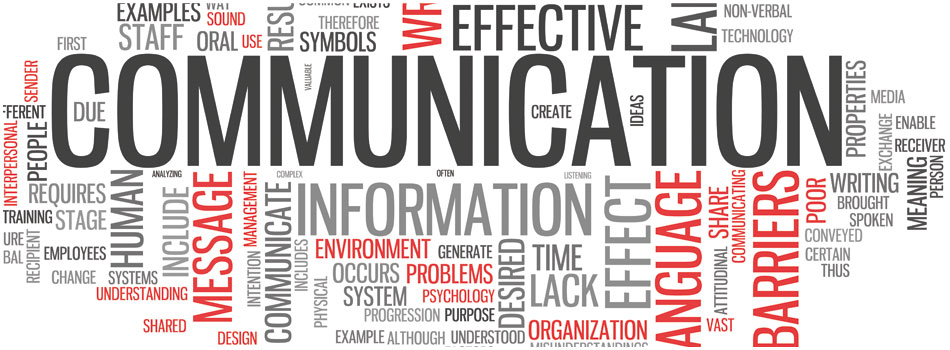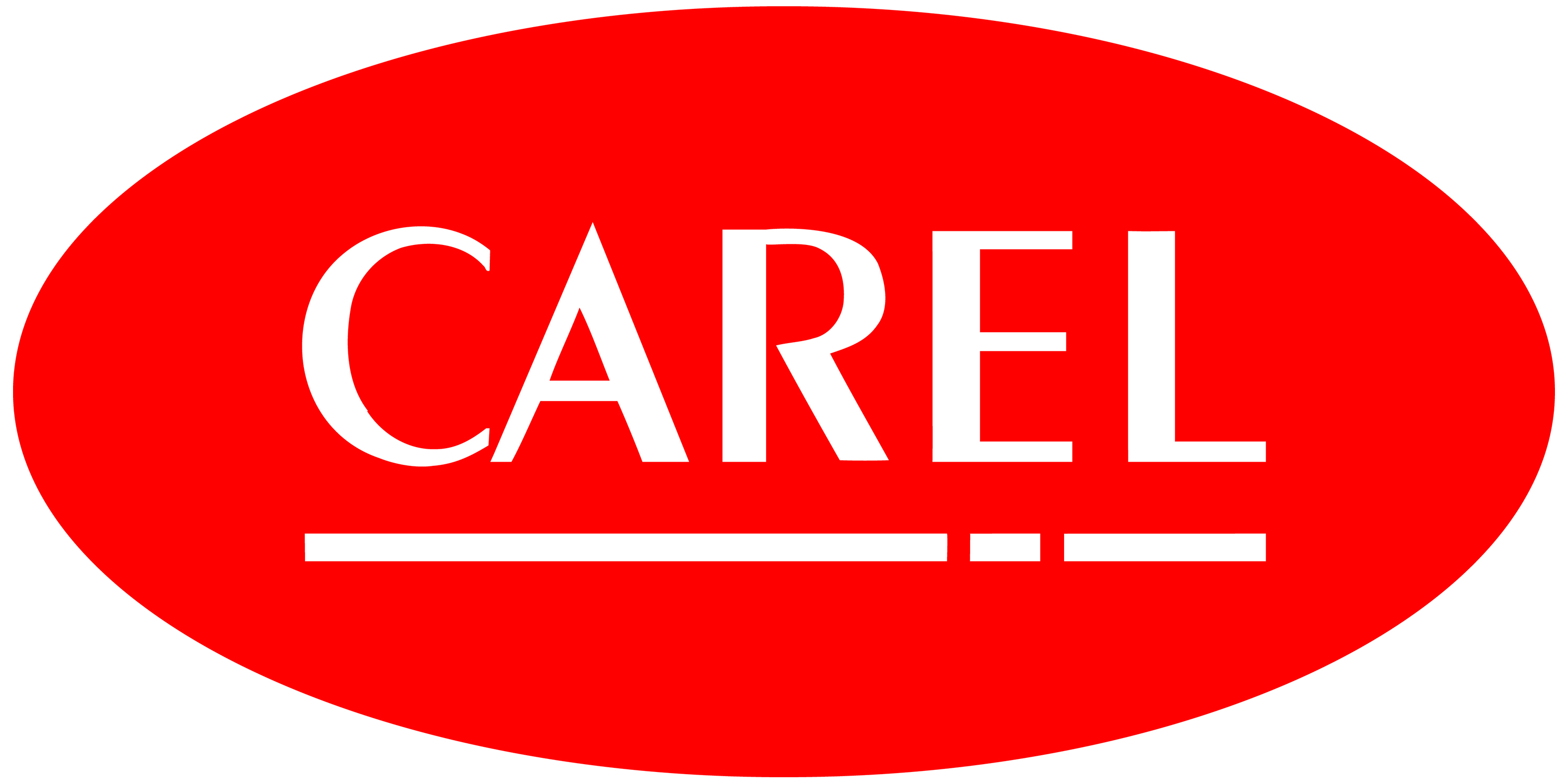Communication

Generally, those responsible for the installation, maintenance and repair of automatic systems do not require in-depth programming knowledge (if not in reference to their specific tasks). For this reason, the users of remote management systems need programs that feature flexibility and high performance, as well as affordable costs, and that are easy to program, thus offering complete autonomy even to users who are not IT experts.
In the evolutions that supervisory and building management systems have undergone over the past years, the use of application software based on a graphic interface has seen the greatest development.
In fact, while in the past the graphic interface interacted with the systems only to display and control the peripherals, other complementary functions have been added to the latest generation supervisory software, allowing complete management of the system via the graphic interface, based on the interactions between the latter and all the other software that makes up the system.
Software has developed in a short time from the use of structured, sequential languages to object-oriented languages, that is, based on the use of graphic objects.
A graphic object is a complex element made up of a set of graphic symbols that combine and provide the user a series of functions and values in a structured and secure manner, while hiding from the user the individual properties and management methods.
Consequently, each object includes a series of methods and properties that are used to represent and manage information according to the physical object it is associated with. The use of graphic objects involves considerable benefits, as they can be used by people without detailed knowledge of the process to customise the system. In addition, an aesthetically pleasing and functional graphic interface reduces the number of association errors and simplifies interaction with the other applications.
